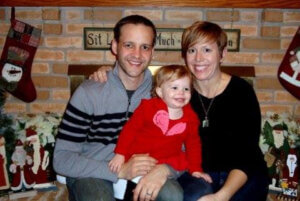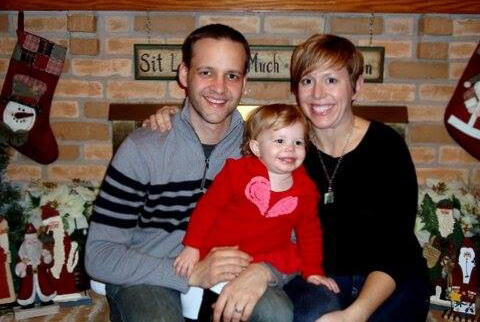Getting to Know the La Piana Team: Michael Anderson
This blog post is part of our ongoing series introducing the La Piana team. This week I spoke with Michael Anderson, the newest member of our team. Michael joined La Piana Consulting in January and is based in Minneapolis, Minnesota.
This blog post is part of our ongoing series introducing the La Piana team. This week I spoke with Michael Anderson, the newest member of our team. Michael joined La Piana Consulting in January and is based in Minneapolis, Minnesota.
Why did you decide to focus your career on the nonprofit sector?
Nonprofits were my first and only career interest. I was fortunate in that at the time I left my academic pursuits, working in the nonprofit sector was considered a legitimate career choice. It wasn’t always like that.
I chose the sector because I wanted to do work that was values based. In my career, my main objective has been to find work that I enjoy, that utilizes my quantitative and analytic skill set, and aligns with my values. Finding and doing this work is something that I don’t take for granted. I feel very lucky.
Is there a teacher or mentor that had a significant impact on you?
I learned a lot from Kate Barr and Janet Ogden-Brackett while I worked at the Nonprofits Assistance Fund. Janet taught me the importance of relationships and the skills needed to retain effective relationships. Kate taught me about critical thinking and how to assess situations and environments quickly and effectively.
What trends do you think will have the greatest impact on the sector in the coming 5 to 10 years?
What is different about the sector today than just a few years ago is that almost everyone is embracing the model that they constantly have to adapt. There was a time during and after the recent recession when everyone was referring to things as the “new normal.” People are realizing that we are in a state of constant change and for an organization to survive and thrive, you must create systems that are agile and nimble.
The challenge of managing this new operating model is what I find most interesting and inspiring about the nonprofit sector. I don’t know anyone who has a more challenging job than a nonprofit leader. The sector is so dynamic and complex.
Is there a particular book or film that you read or watched recently that has really stuck with you?
My wife and I have a toddler. To be honest, every book that I am reading right now is either about how to control temper tantrums or  effective potty training. Every week it is a new challenge. Just when you think you’ve got it all under control, you realize you need to read the next chapter.
effective potty training. Every week it is a new challenge. Just when you think you’ve got it all under control, you realize you need to read the next chapter.
To stay abreast of issues in the field — and to take a break from potty training and temper tantrums — I make sure not to miss anything in Stanford Social Innovation Review or Nonprofit Quarterly.
Outside of work, raising your daughter, what do you do for fun?
I play in a vintage base ball league. We play the game, dress, and act authentic to the rules of the game and the etiquette of 1860, back when baseball was spelled with two words not one. Playing vintage base ball is the perfect combination of my nerdiness and my competitive nature. Our team is part of the nation-wide Vintage Base Ball Association. Many of the players are baseball historians and spend their time off the field doing original document research to ensure our authenticity.
What are some of the differences between baseball in 1860 and modern baseball?
Well, you can catch a ball on one bounce and it’s still considered an out, but you can’t over-run first base. There’s no spitting, no swearing — you’re not even supposed to sweat (which is challenging given the period uniforms). It’s a game, but it is really a bit of an exhibition. It is all very gentlemanly!


Comment section